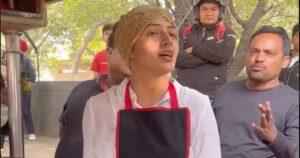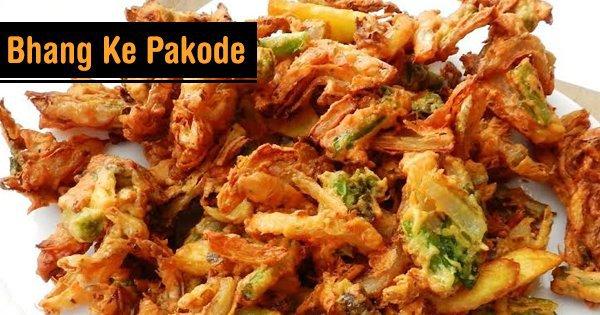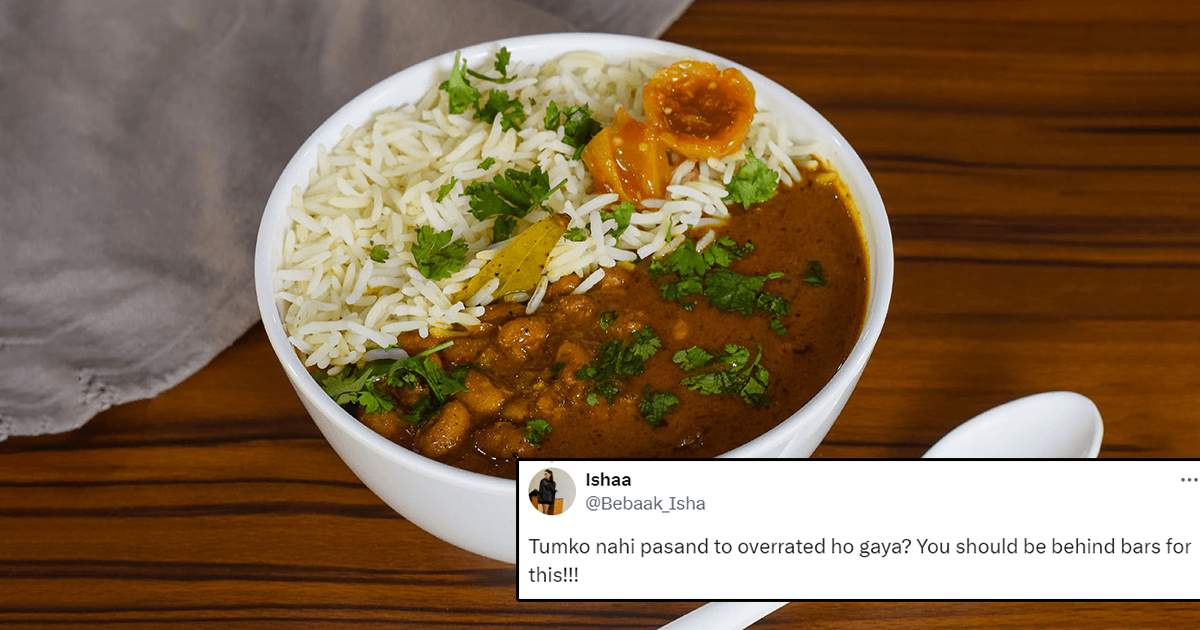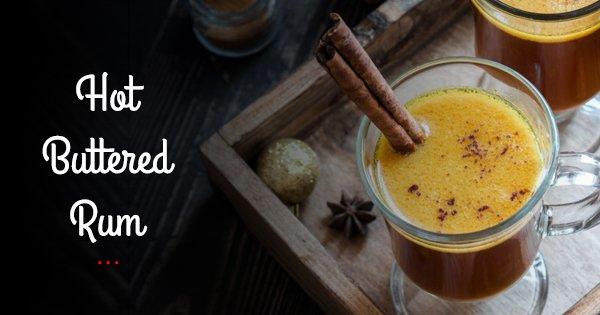It’s Ganesh Chaturthi and sweet shops are in overdrive in Mumbai. It’s the season for modaks, since modaks are considered the favourite dessert of the elephant god, Ganesh or Ganpati.
Traditional Maharashtrian-run sweet shops such as Panshikar in Dadar are packed during the Ganpati festival with modak-shoppers. Aaswad Upagriha opposite Sena Bhavan, which has a sweet shop attached to the restaurant, even shuts down for a day with the entire staff spreading themselves across the floor rolling out modaks to feed Ganpati and his devotees.
But, Ganpati festival celebrations in Mumbai are not limited just to Maharashtrian families. People from across communities celebrate the festival. And the Punjab Sweet House story reflects the eclectic nature of both the festival and of the city of Mumbai. The Gulatis of the Punjab Sweet House at Mumbai’s Bandra have prepared 52 (!) types of modaks for customers.
Mr Gulati, and his son Ishmeet, may be Punjabis by birth, but identify as Mumbaikars. More specifically, Bandra-ites, as they were both born in the Mumbai suburb.
Mr Gulati’s father had moved to Mumbai from Pakistan, decades back. His father had initially started a catering business in Mumbai. The Punjab Sweet House followed. The shop, located at Pali Naka, is 39 years old now and is quite the Bandra institution. Sweets from Punjab Sweet House are a must at any celebration.
Their modaks are an intrinsic part of the Ganpati festivals in Bandra houses. Come Diwali, or a wedding, and their big, soft, ghee-soaked motichoor laddoos will be bought by the kilo.
It’s not just modaks. The laddoos and kaju katlis are available through the year. The ‘Punjabi’ samosas at the Punjab Sweet House are among my favourite samosas in Mumbai. The other being the A1 samosas from Guru Kripa that you get in the old movie theatres in Mumbai.
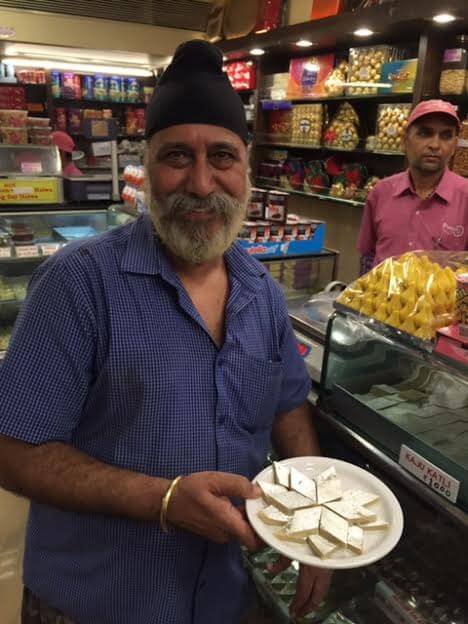
I used to come over here to buy a samosa and a couple of freshly fried jalebis (50 g to be precise) for breakfast when I lived opposite the shop. The combination of the crunchy maida cover of the samosa with the spiced potato filling is indeed a match made in heaven and they serve an intensely sweet chutney to go with it.
The chaat or street food counter at Punjab Sweet House is busy through the day. They use filtered water here which makes even the well-heeled Bandra crowd not feel squeamish about eating “street-food”. The continuous off-take ensures the freshness of what is served. The dahi kachori is a must-have. The curd base of the dish makes it particularly soothing on a muggy Mumbai summer evening. The curd used in the chaats is sweet, and not salty. According to Mr Gulati, they sprinkle salt to top the chaats but never mix it into the curd.
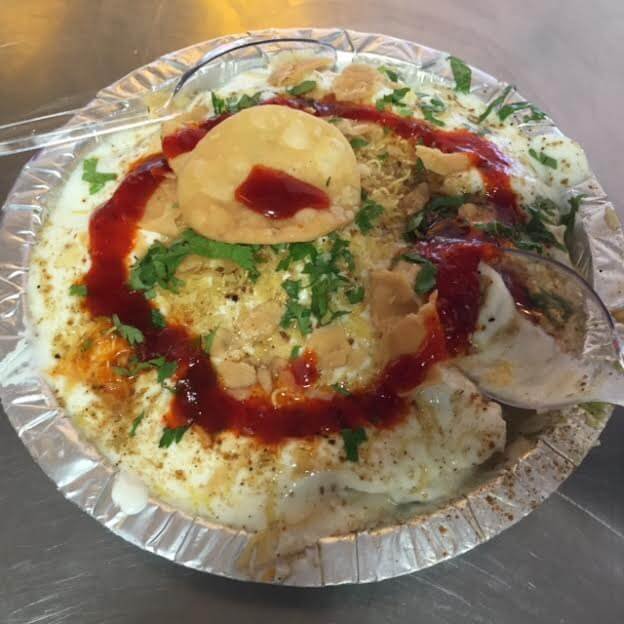
There’s a vegetarian restaurant on the first floor called Lashkara where you get Punjabi favourites such as kulcha chhole, rajma chawal, maa ki dal and kadi pakora. This is food that cuts across borders.
Punjab Sweet House is not just about North Indian food, and its range represents the multi-cultural spirit of Mumbai. Sharing space with its Punjabi matthris are Gujarati theplas and dhoklas. Mumbai chaat favourites of pani puris, ragda pattice and bhel puri are just as popular here. While you will get the Punjabi gajar ka halwa in winter, its Bengali sweets have many takers through the rest of the year. They use cow’s milk, which is lighter, for the Bengali sweets and buffalo milk for the heavier north Indian sweets, Mr Gulati tells me.
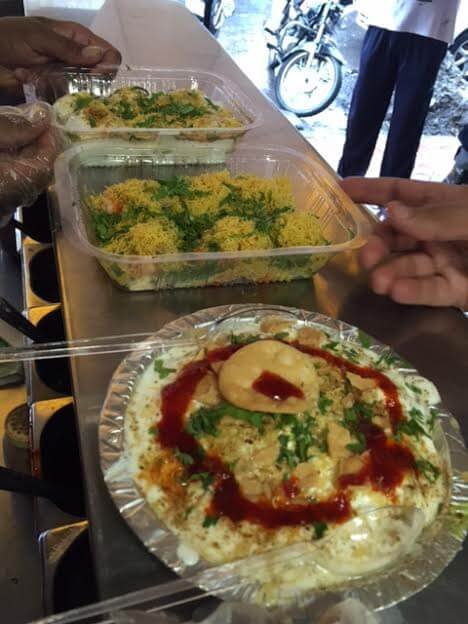
And of course, joining ranks with its Diwali festive laddoos are the Ganpati modaks.
You might not get the traditional Maharashtrian steamed ukadiche modak at Punjab Sweet House but the 52 types of modaks offered here with a disarming smile is sure to make Bappa happy when he drops by.
(Feature image source: Twitter/@htlifeandstyle)




